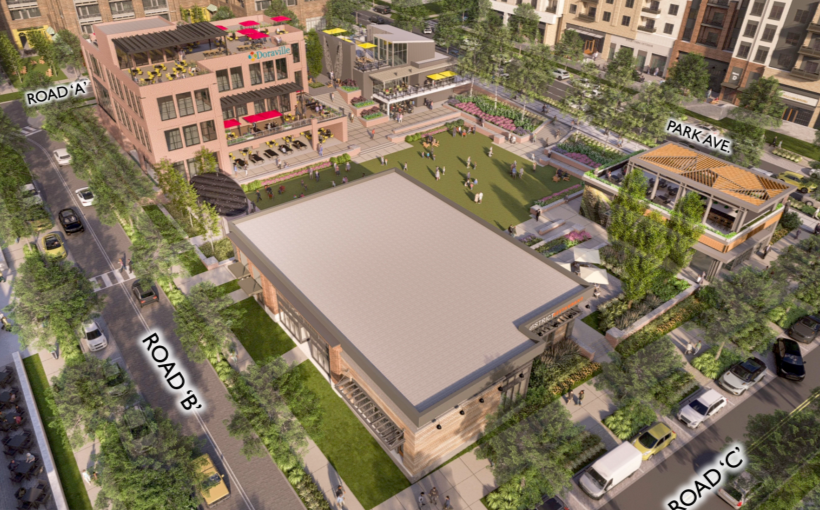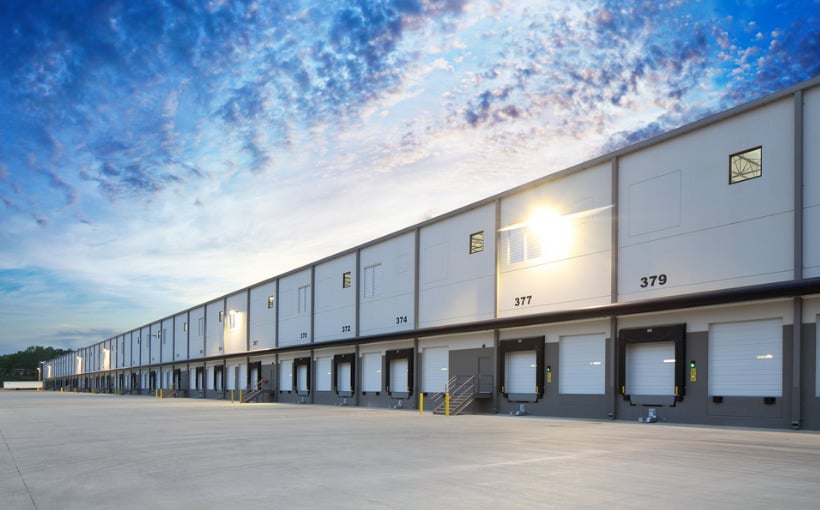A McKinsey report suggests that demand for urban core office and retail space will continue to decrease in the coming years. There has been much discussion about back-to-work mandates and a slowdown of outward migration from cities to the suburbs, both of which have had an impact on commercial real estate. A recent report by McKinsey explains that cities are far from returning to normal, and if they don’t rethink their CRE uses, this could lead to a loss of vibrancy.
Entitled “Empty Space and Hybrid Places: The Pandemic’s Lasting Impact on Real Estate,” the report suggested a “big-picture” viewpoint of commercial real estate – particularly offices – by modeling various scenarios. Analysts found that demand for office and retail space is expected to fall between 2019 and 2030 across all scenarios modeled in the study.
In order determine its forecast models, McKinsey Global Institute examined what they called “superstar” cities; those with disproportionate share of world’s urban GDP growth including Beijing, Houston London Paris Munich New York City San Francisco Tokyo etc.. In these superstar city cores it was noted there has been an increase in vacant office/retail spaces since 2019 as well as home prices growing more slowly than suburban areas or other cities not included within this grouping .
Factors such as long term population/employment trends ,office attendance patterns by industry ,the share commuter population & shopping trends were all taken into account when analyzing future demands for residential /retail spaces through several different scenarios . It was concluded overall demand would be lower than pre pandemic levels come 2030 .
The hybrid work trend continues popping up throughout conversations surrounding CRE usage post pandemic ; employees continuing eschewing full time at offices instead opting remote & hybrid work options while commuting populations remain low due lack desire return previous living arrangements prior Covid 19 outbreak .
Real estate being highly local sector impacts vary based upon business mix (knowledge workers vs commuters)&urban structure (densely populated areas lacking mixed use development ) so solutions must be tailored accordingly according local needs rather one size fits all approach .. Suggestions offered include mixed use developments at neighborhood level ,constructing adaptable flexible neutral use buildings & designing multi purpose modular floor plans allowing greater versatility depending upon current need ..



